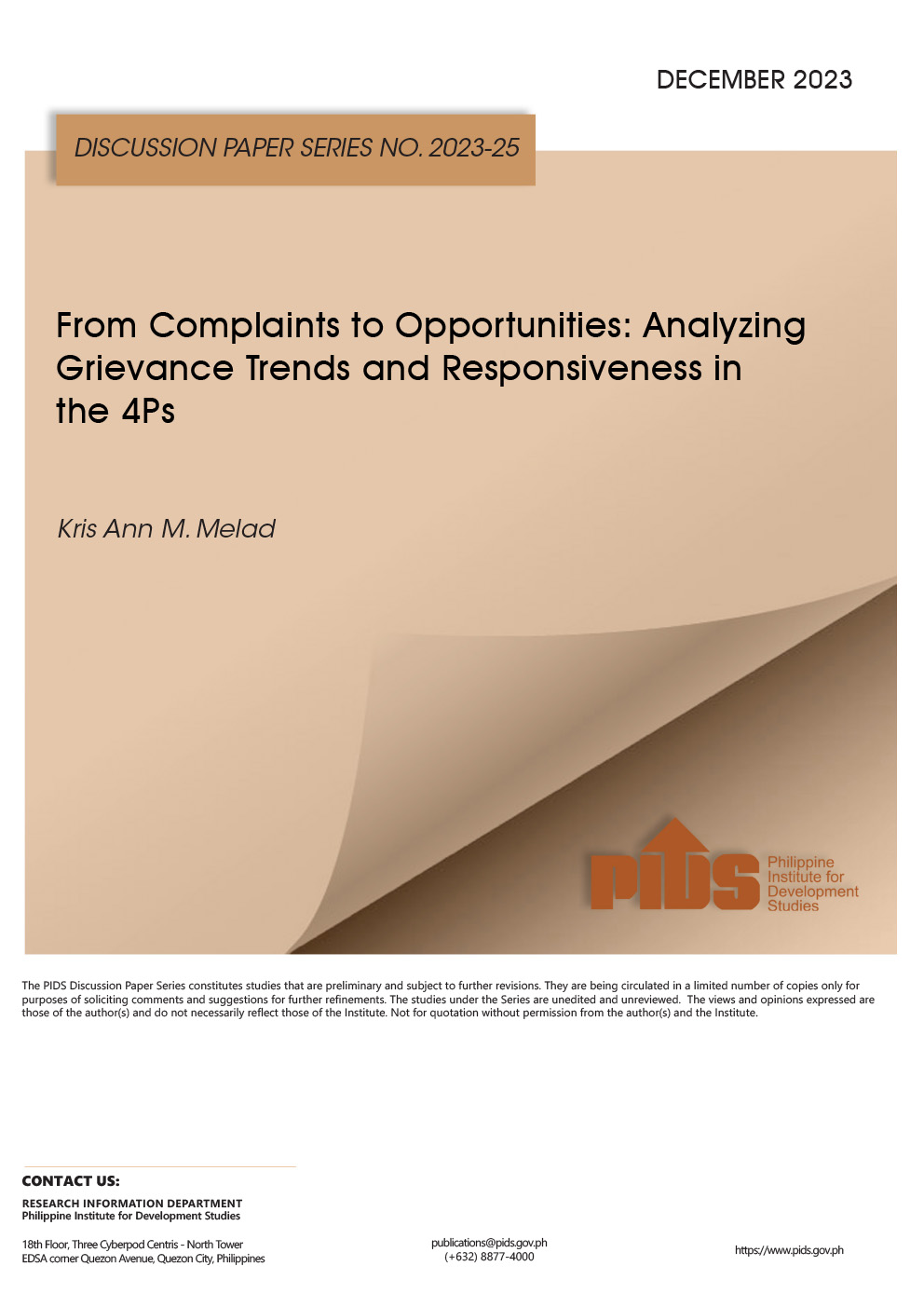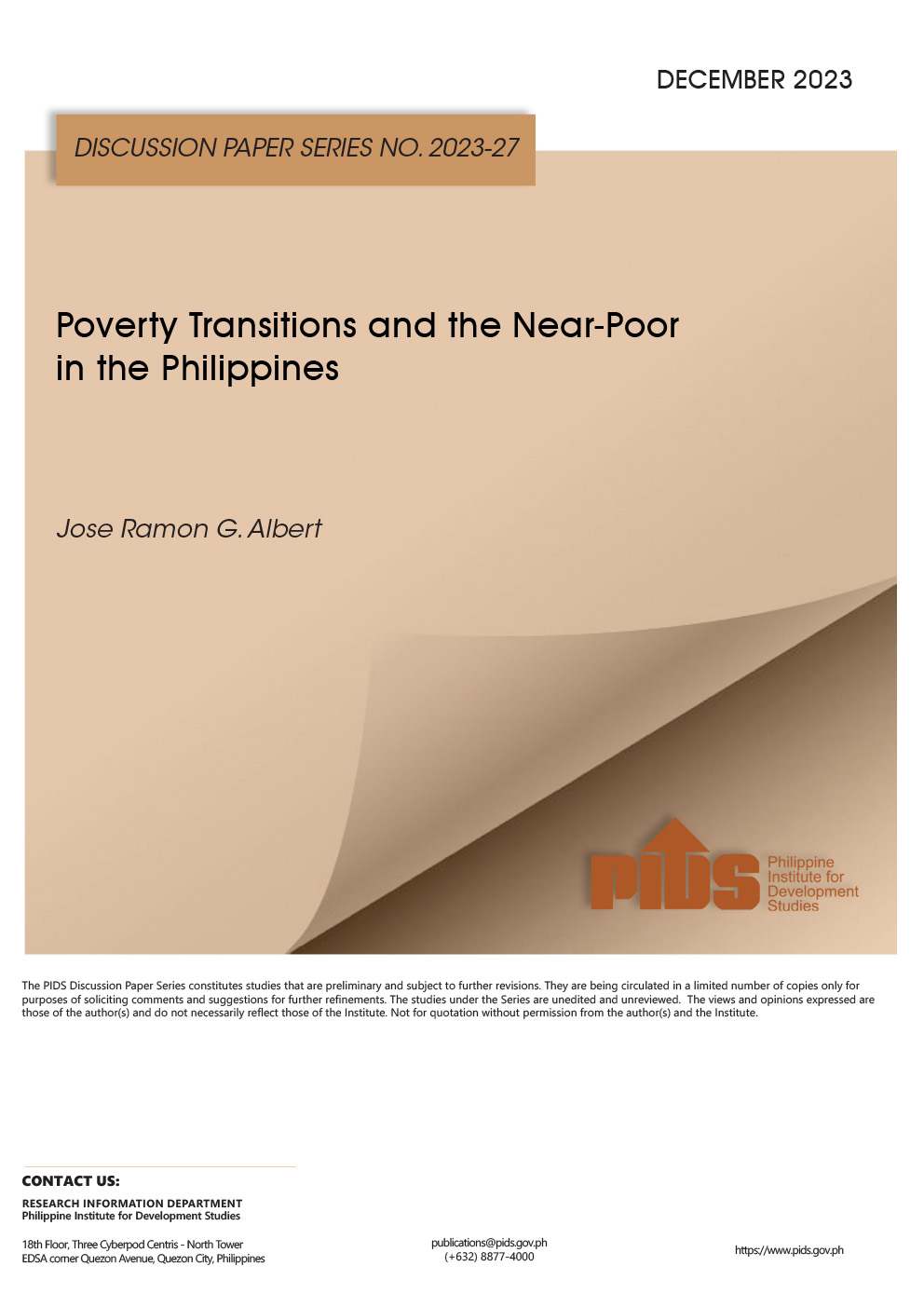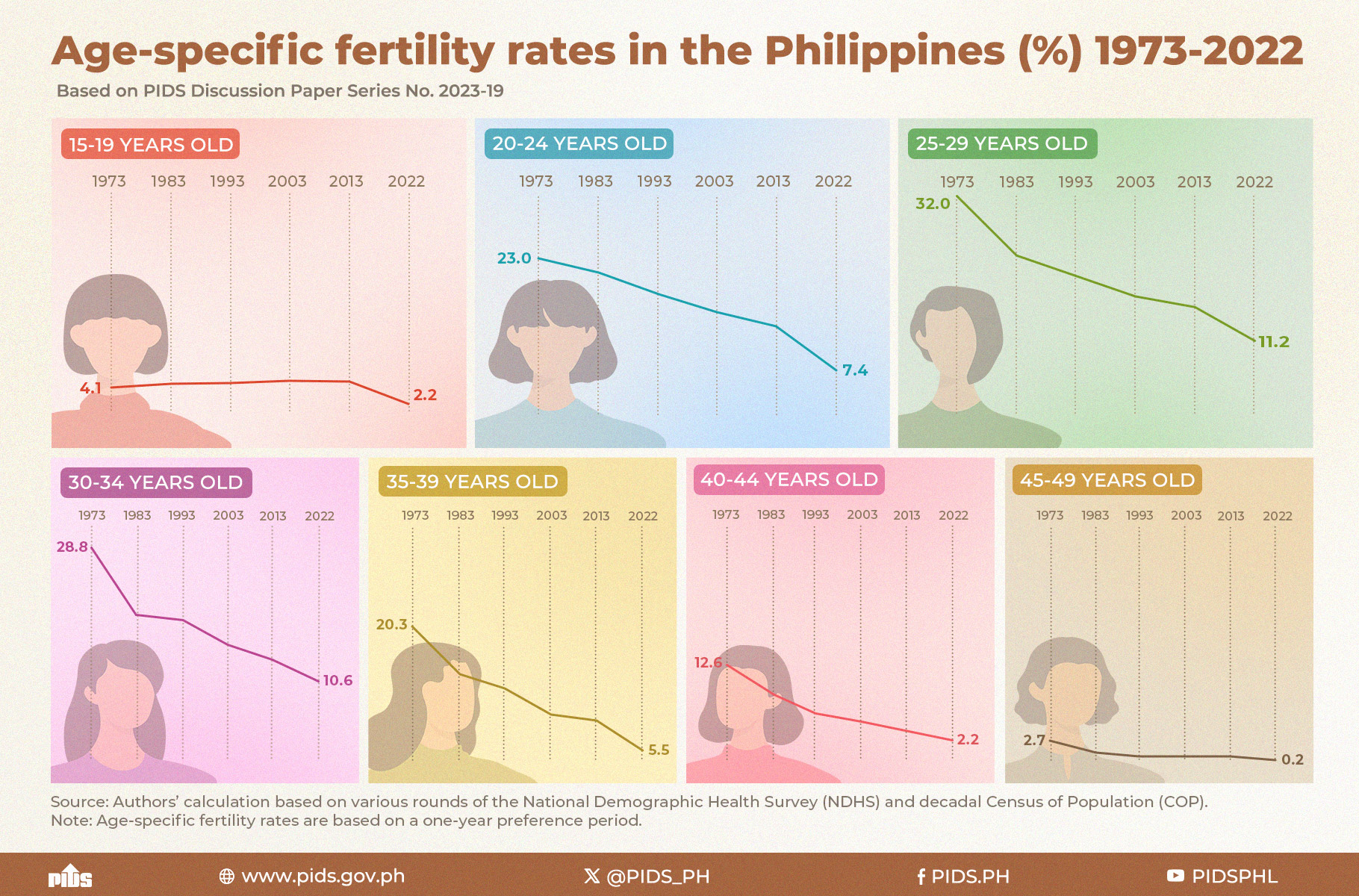The Philippines is the second largest archipelagic nation in the world. It is surrounded by Pacific Ocean in the east, South China Sea in the west, and Celebes Sea in the south. The country covers a land area of 300,000 square kilometers, a home to rich plains, fertile valleys, and towering mountains.
As an archipelago, the Philippines is noted for its rich biodiversity, with over 52,000 species of flora and fauna, half of which can be found only in the country. Its waters are teeming with 464 reef-building coral species and 10,000 aquatic species.
Listed among the world’s 18 mega-diverse countries, the Philippines is believed to harbor the most diversity of life per unit area than any other nation, according to the country’s Biodiversity Management Bureau. Sadly, this rich biodiversity is facing the debilitating threats of climate change.
The Philippine population has been growing at an annual rate of 1.69 percent and was estimated at 107.1 million as of 2018. Some 12 million are crammed in Metro Manila, but the majority live within 60 kilometers off the coast, which puts a huge number of people at risk during storm surges and flooding caused by extreme weather events. Four of the Philippines’ major cities—Manila, Cebu, Davao, and Puerto Princesa—are in coastal areas.
The Philippine economy is one of the fastest-growing in Asia and is seen to continue its impressive performance in the coming years, propped up by strong exports and remittances from some 10 million overseas Filipino workers. In 2018, the economy posted a 6.2 percent growth and remains one of the top performers in East Asia, following Vietnam and China.
Despite the robust economy, however, one in five Filipinos remains poor. According to the Philippine Statistics Authority’s 2015 Poverty Incidence Report, 8.2 million Filipinos could not afford even the basic food needs, which cost Php 6,329 per month for a family of five.
The government aims to lower the poverty rate from 21 percent to 14 percent by 2022, but the impacts of climate change will make poverty reduction more difficult. A study by the state-run Philippine Institute for Development Studies found that 48.5 percent of Filipino households could be driven to income poverty if affected by disasters.
The Philippines, by its proximity to seas and oceans, lies in the path of storms, heavy rainfall, warming temperatures and sea level rise. Extreme weather events have become more frequent, affecting vulnerable communities including their main source of livelihoods.
As a developing nation vulnerable to the impacts of climate change, the Philippines recognizes the need for sustainable development, where building a strong and inclusive economy comes hand in hand with building livable and resilient communities.
How Vulnerable is the Philippines?











